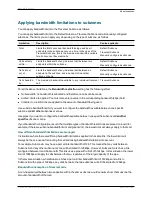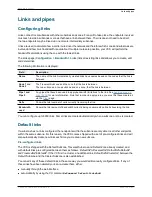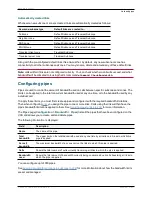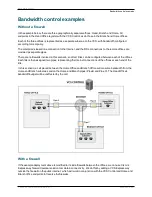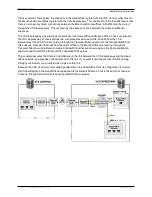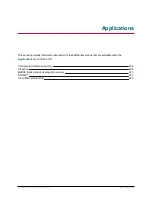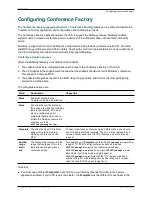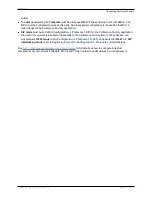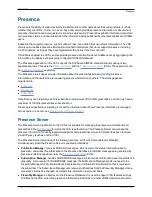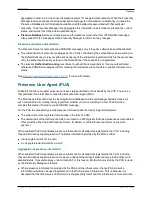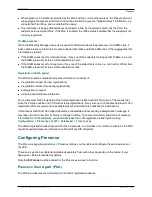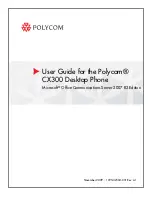
Links and pipes
Configuring links
Links connect local subzones with other subzones and zones. For a call to take place, the endpoints involved
must each reside in subzones or zones that have a link between them. The link does not need to be direct;
the two endpoints may be linked via one or more intermediary subzones.
Links are used to calculate how a call is routed over the network and therefore which zones and subzones are
involved and how much bandwidth is available. If multiple routes are possible, your VCS will perform the
bandwidth calculations using the one with the fewest links.
The
Links
page (
Configuration > Bandwidth > Links
) lists all existing links and allows you to create, edit
and delete links.
The following information is displayed:
Field
Description
Name
The name of the link. Automatically created links have names based on the nodes that the link is
between.
Node 1
and
Node 2
The Traversal Subzone and the zone that the link is between.
The two subzones, or one subzone and one zone, that the link is between.
Pipe 1 and
Pipe 2
Any pipes that have been used to apply bandwidth limitations to the link. See
Applying pipes to
links [p.232]
for more information. Note that in order to apply a pipe, you must first have created it
via the
Pipes
page.
Calls
Shows the total number of calls currently traversing the link.
Bandwidth
used
Shows the total amount of bandwidth currently being consumed by all calls traversing the link.
You can configure up to 3000 links. Some links are created automatically when a subzone or zone is created.
Default links
If a subzone has no links configured, then endpoints within the subzone are only able to call other endpoints
within the same subzone. For this reason, the VCS comes shipped with a set of pre-configured links and will
also automatically create new links each time you create a new subzone.
Pre-configured links
The VCS is shipped with the Default Subzone, Traversal Subzone and Default Zone already created, and
with default links pre-configured between them as follows:
DefaultSZtoTraversalSZ
,
DefaultSZtoDefaultZ
and
TraversalSZtoDefaultZ
. If the VCS is in a cluster, an additional link,
DefaultSZtoClusterSZ
, between the
Default Subzone and the Cluster Subzone is also established.
You can edit any of these default links in the same way you would edit manually configured links. If any of
these links have been deleted you can re-create them, either:
n
manually through the web interface
n
automatically by using the CLI command
xCommand DefaultLinksAdd
Cisco VCS Administrator Guide (X8.1.1)
Page 230 of 507
Bandwidth control
Links and pipes













